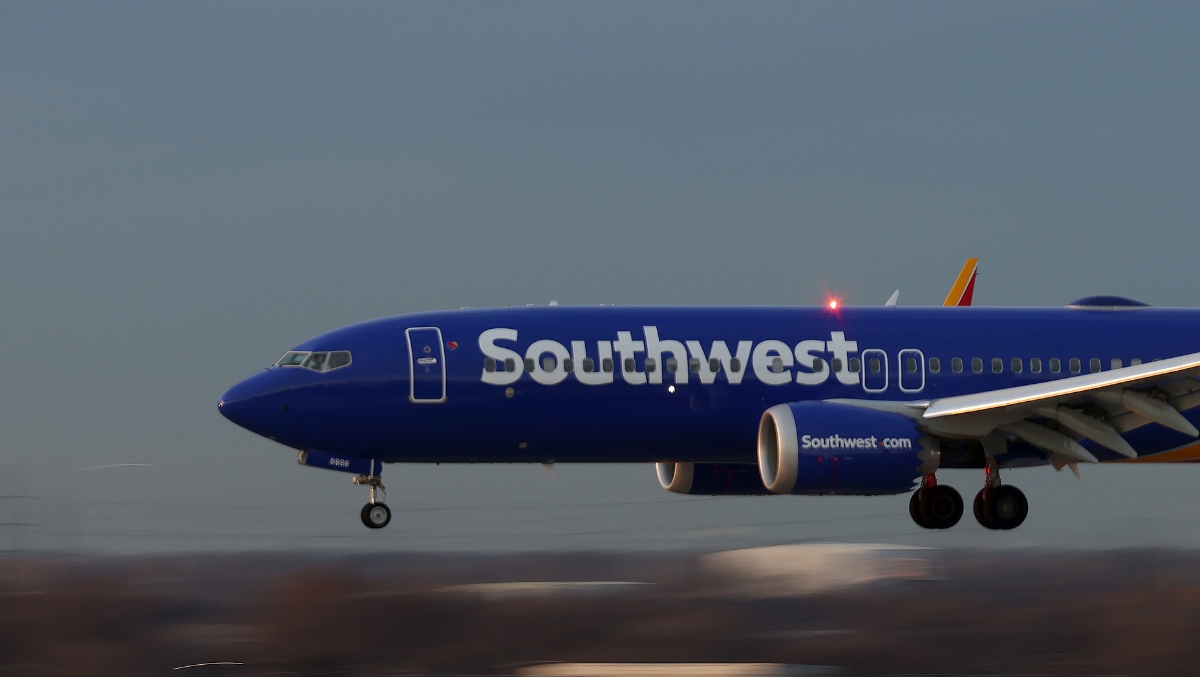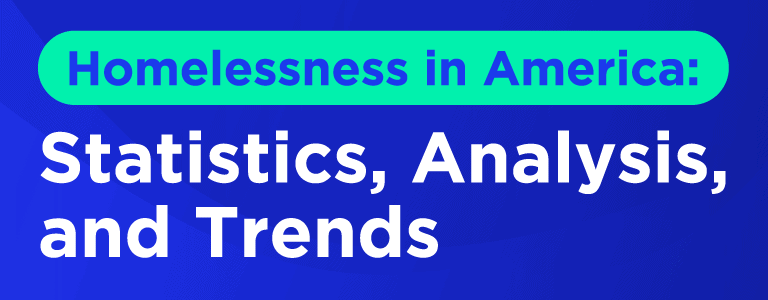BETTR Newswire | States Where Homelessness Has Skyrocketed 90%+ Since 2000 — And What They Have in Common
Homelessness isn’t just a big-city problem—it’s a systemic crisis. Since 2000, multiple U.S. states have seen homelessness increase by 90% or more, with some exceeding 200% growth. Despite varied geography, these states share common policy patterns—and failures.
States with Homelessness Increases Over 90% Since 2000:
New York: +175%
Sheltered homelessness in NYC alone jumped from 22,955 in 2000 to over 63,000 in 2020. Major driver: lack of affordable housing, failed shelter expansion, and mass migration to cities like NYC.
California: +110%
Homelessness has more than doubled since 2000, with over 180,000 now unsheltered. High taxes, housing shortages, and permissive street camping laws worsened the crisis.
North Dakota: +200%
The oil boom brought a flood of workers and zero housing prep. Rents spiked, and towns became overwhelmed with newly homeless individuals unable to keep up with costs.
Colorado: +145%
Legal marijuana, high cost of living, and unaffordable Denver housing triggered a massive increase. Tourism-fueled migration added pressure to shelters and services.
Rhode Island: +120%
Affordable housing loss, state inaction, and service gaps led to a doubling of the homeless population, especially in Providence.
Vermont: +100%
A small state with big shelter limitations. Rising rent, rural isolation, and a lack of detox and mental health programs fueled the surge.
Illinois: +90%
Public housing failures, urban decline in Chicago, and collapsing middle-class jobs led to nearly doubling the homeless rate across the state.
What These States Have in Common:
Democrat-Dominated Governance
Most are run by progressive policymakers who talk compassion but often block effective housing expansion and enforcement.
Housing Supply Failure
Over-regulation, restrictive zoning, and anti-development politics have created a chokehold on affordable housing supply.
Sanctuary Policies + Lax Enforcement
Cities welcome migrants but lack scalable services. Public drug use and tent cities are tolerated, worsening urban decay.
Mental Health and Addiction Gaps
Many of these states closed or cut back inpatient care, detox centers, and long-term rehab—leaving vulnerable populations on the streets.
BETTR Ideas for BETTR Results
Mandate state-level audits of all homeless spending
Incentivize fast-build modular housing
Expand faith-based & community shelter networks
Empower localities to enforce public space use laws while increasing treatment access
Enough with the photo ops. It’s time for real results.
#Homelessness #HousingCrisis #UrbanPolicyFailure #NewYork #California #Illinois #Colorado #Vermont #RhodeIsland #NorthDakota #BETTRSolutions #FixTheSystem #2026Governor
April 21, 2025
https://www.security.org/resources/homeless-statistics/🏚️ BETTR Newswire | States Where Homelessness Has Skyrocketed 90%+ Since 2000 — And What They Have in Common
Homelessness isn’t just a big-city problem—it’s a systemic crisis. Since 2000, multiple U.S. states have seen homelessness increase by 90% or more, with some exceeding 200% growth. Despite varied geography, these states share common policy patterns—and failures.
📈 States with Homelessness Increases Over 90% Since 2000:
📍New York: +175%
Sheltered homelessness in NYC alone jumped from 22,955 in 2000 to over 63,000 in 2020. Major driver: lack of affordable housing, failed shelter expansion, and mass migration to cities like NYC.
📍California: +110%
Homelessness has more than doubled since 2000, with over 180,000 now unsheltered. High taxes, housing shortages, and permissive street camping laws worsened the crisis.
📍North Dakota: +200%
The oil boom brought a flood of workers and zero housing prep. Rents spiked, and towns became overwhelmed with newly homeless individuals unable to keep up with costs.
📍Colorado: +145%
Legal marijuana, high cost of living, and unaffordable Denver housing triggered a massive increase. Tourism-fueled migration added pressure to shelters and services.
📍Rhode Island: +120%
Affordable housing loss, state inaction, and service gaps led to a doubling of the homeless population, especially in Providence.
📍Vermont: +100%
A small state with big shelter limitations. Rising rent, rural isolation, and a lack of detox and mental health programs fueled the surge.
📍Illinois: +90%
Public housing failures, urban decline in Chicago, and collapsing middle-class jobs led to nearly doubling the homeless rate across the state.
🧩 What These States Have in Common:
Democrat-Dominated Governance
Most are run by progressive policymakers who talk compassion but often block effective housing expansion and enforcement.
Housing Supply Failure
Over-regulation, restrictive zoning, and anti-development politics have created a chokehold on affordable housing supply.
Sanctuary Policies + Lax Enforcement
Cities welcome migrants but lack scalable services. Public drug use and tent cities are tolerated, worsening urban decay.
Mental Health and Addiction Gaps
Many of these states closed or cut back inpatient care, detox centers, and long-term rehab—leaving vulnerable populations on the streets.
💬 BETTR Ideas for BETTR Results
Mandate state-level audits of all homeless spending
Incentivize fast-build modular housing
Expand faith-based & community shelter networks
Empower localities to enforce public space use laws while increasing treatment access
Enough with the photo ops. It’s time for real results.
#Homelessness #HousingCrisis #UrbanPolicyFailure #NewYork #California #Illinois #Colorado #Vermont #RhodeIsland #NorthDakota #BETTRSolutions #FixTheSystem #2026Governor
📅 April 21, 2025
https://www.security.org/resources/homeless-statistics/










